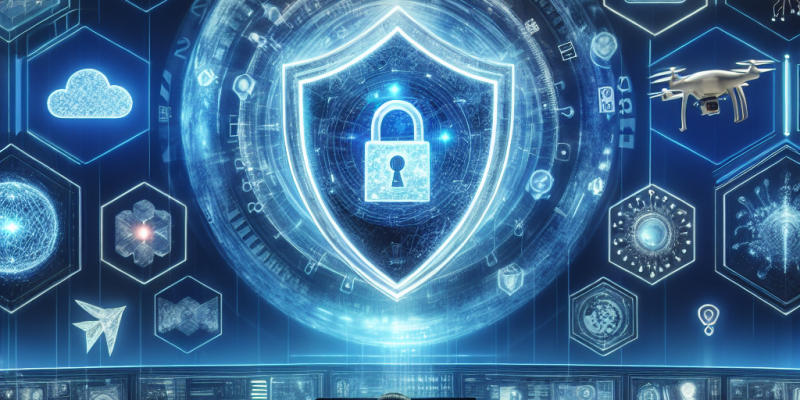Emerging Technologies and Cybersecurity: Best Practices for 2025

As we move further into 2025, the intersection of emerging technologies and cybersecurity is more crucial than ever. With rapid advancements in artificial intelligence (AI), the Internet of Things (IoT), and cloud computing, new opportunities are created but so are new risks. Here are several best practices you should follow to strengthen your cybersecurity in this evolving landscape.
Understanding the Landscape
In 2025, technologies like AI and machine learning have become integrated into everyday business processes. These tools can enhance efficiency and improve decision-making. However, they also present unique vulnerabilities. Cybercriminals are increasingly using sophisticated AI tools to conduct attacks. Therefore, organizations must remain vigilant.
Best Practices for Cybersecurity in 2025
1. Implement Zero Trust Architecture
The Zero Trust model operates on the principle of “never trust, always verify.” It assumes that threats can come from both inside and outside the organization. By enforcing strict access controls and validating every user, even those inside the network, organizations can reduce the risk of unauthorized access.
2. Regularly Update Software and Systems
Keeping your software and system updated is critical. Many cyberattacks exploit known vulnerabilities. By regularly updating applications and systems, organizations can patch security gaps and minimize vulnerabilities.
3. Utilize AI for Threat Detection
AI can help identify threats before they become significant issues. By implementing AI-driven threat detection systems, organizations can analyze patterns and spot anomalies in real time. This proactive approach can significantly speed up response times and mitigate risks.
4. Train Employees on Cybersecurity Awareness
Human error is often the weakest link in cybersecurity. Regular training sessions can help employees recognize phishing attempts, suspicious links, and other common attacks. An informed workforce is a strong defense against cyber threats.
5. Backup Data Regularly
Data loss can be devastating. Regular backups of critical data ensure that, in the event of a cyberattack or system failure, you can recover your information quickly. Use both local and cloud storage options for redundancy.
6. Secure IoT Devices
The number of connected devices continues to grow, making IoT security paramount. Ensure that all IoT devices have robust security measures in place, such as encrypted connections and strong passwords. Regularly monitor these devices for unusual activity.
7. Develop an Incident Response Plan
Even with the best defenses, breaches can still occur. An incident response plan outlines how to act quickly and effectively in response to a cyber incident. This plan should include roles and responsibilities, communication strategies, and a timeline for recovery.
8. Collaborate with Cybersecurity Experts
Staying ahead of threats requires expertise. Collaborate with cybersecurity consultants or firms that specialize in threat analysis and risk management. They can provide tailored solutions to fit your organization’s needs.
Conclusion
As we advance in 2025, the challenges of cybersecurity will only increase alongside the growth of emerging technologies. By adopting these best practices, organizations can better protect themselves against the evolving threat landscape. Proactive measures, continuous education, and robust strategies will be essential in maintaining a secure environment. Remember, the goal is not just to defend against attacks but to create a culture of cybersecurity awareness and preparedness.














